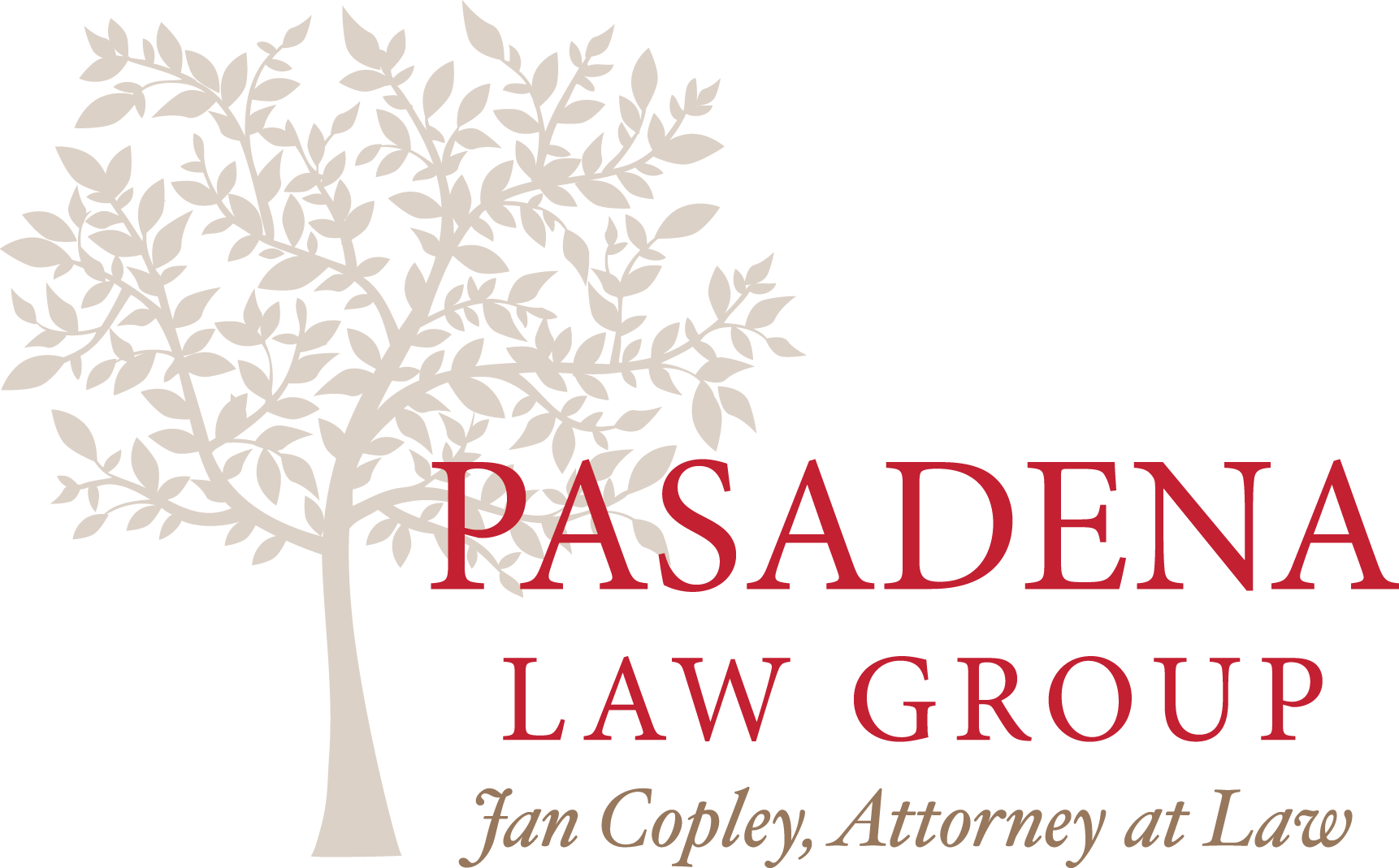One of the most important components of retirement planning strategy is the composition of your retirement portfolio. All too often, financial planners find out that a retiree’s assets are in pre-tax accounts, also known as qualified plans. 
This means when they pull out withdrawals to meet their living expenses, they will also need additional amounts to cover the tax bill associated with it. This might not leave enough money for living needs. To maximize the flexibility for tax planning purposes, it’s a good idea to use what’s known as a bucket strategy when planning ahead for retirement.
Filling your short-term bucket with approximately 1/5 of your retirement assets or up to five years of your retirement planning needs, can be easily tapped without generating a major taxable event. This bucket can be used to hold short term fixed investments or cash that can used readily without generating a major tax bill in the process. This bucket might also contain Roth assets.
Ideally, however, a person nearing retirement should consider Roth assets as the last dollars to be used for their living needs payments, given the tax treatment that is quite favorable at the current time. The second bucket is used for fixed income assets with a long-term approach and after-tax equity.
And the third bucket is filled with all pre-tax assets, such as pre-tax retirement accounts, traditional IRAs and 401(k)s. If you have further questions about how retirement planning works in conjunction with your estate planning and your desire to pass on assets to future generations, schedule a consultation with an experienced Pasadena estate planning attorney today.










